Explanation
Ssangyonggul Cave, a designated Natural Monument, is one of the representative lava tubes of Jeju Island along with Hwanggeumgul, Socheongul, and Manjanggul caves. The cave measures approximately 400 meters in length, 6 meters in x_width, and 3 meters in x_height. It is thought to have been created by lava that erupted from Hallasan Mountain some 25 million years ago.
One of the unique features of this particular cave is that it has features of both a lava tube and a limestone cave. The entire area surrounding the cave is a huge stratum of seashells and sand, while the interior is a mystical mix of stalactites and stalagmites. Lime covers the cave walls in a series of natural swirls and streaks, bringing to mind the strokes of an abstract painting. Since the cave stays at a constant 17-18℃ throughout the year, it’s a welcome escape from the heat in the summer and a great place to warm up in the winter.
The cave gets its name from its two branches, which are said to look like the paths of two dragons (‘Ssangyong’ meaning ‘two dragons’ in Korean). It is thought that Ssangyonggul Cave and Hyeopjaegul Cave were once one cave since the second entrance of Ssangyonggul Cave is so close to the end of Hyeopjaegul Cave.
Inquiry
+82-64-796-0001
Homepage
Information Use
Contact and Information : • 1330 Travel Hotline: +82-64-1330
(Korean, English, Japanese, Chinese)
• For more info: +82-64-796-0001
Parking facilities : Available
Day off : N/A (Open all year round)
Hours : March-May 09:00-17:20 / June-August 09:00-17:50 / September-October 09:00-17:30 / November-December 09:00-16:30
More information
Tour Course Information
Palm Tree Avenue - Hyeopjaegul Cave/Ssangyonggul Cave/Hwanggeumgul Cave - Jeju Stone
& Bonsai Garden - Jaeam Folk Village - Bird Garden - Jaeam Stone Exhibition
Hall - Water Garden - Subtropical Botanic Garden
Available Facilities
Ssangyonggak gift shop, Yajasoo Restaurant, Park Information Center, Dahwawon rest area, Dolhareubang Restaurant, herb cafe
Parking Fees
Free
Admission Fees
Individuals: Adults 12,000 won / Senior citizens 10,000 won / Teenagers 8,000 won / Children 7,000 won
Groups: Adults 10,000 won / Senior citizens 9,000 won / Teenagers 6,000 won / Children 5,500 won
* Senior citizens (ages 65 & older) / Teenagers (middle & high school student) / Children (36 months to elementary school student)
* Group: 30 or more people
Parking Fees
Free
Restrooms
Available
Location
300, Hallim-ro, Jeju-si, Jeju-do
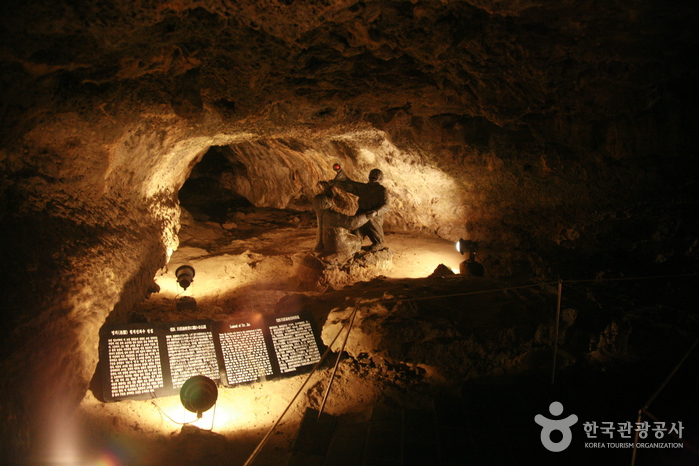
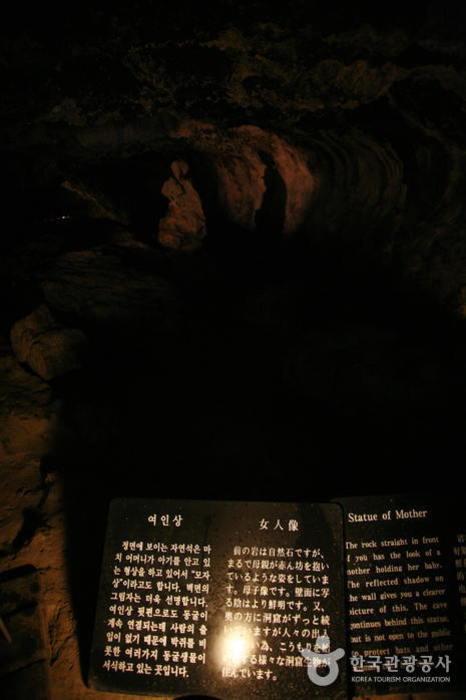
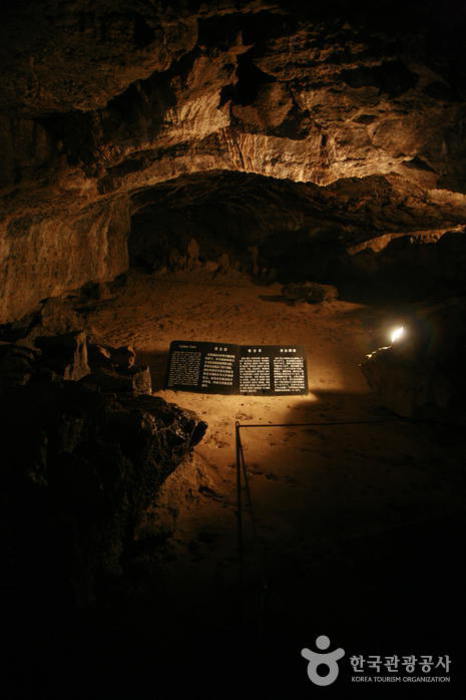

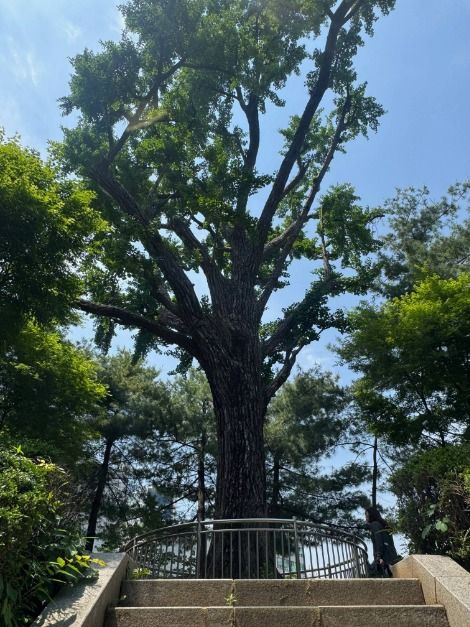
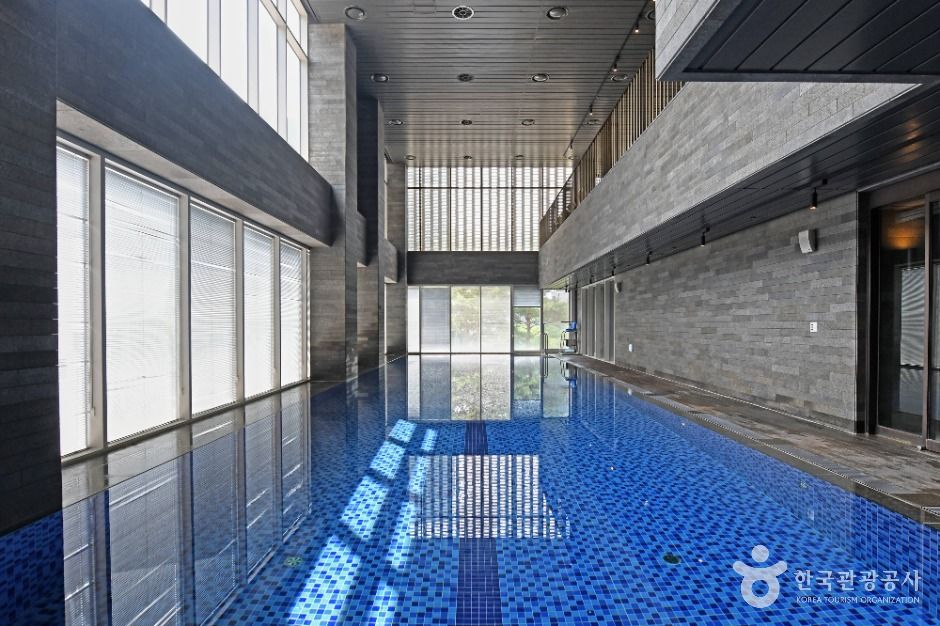
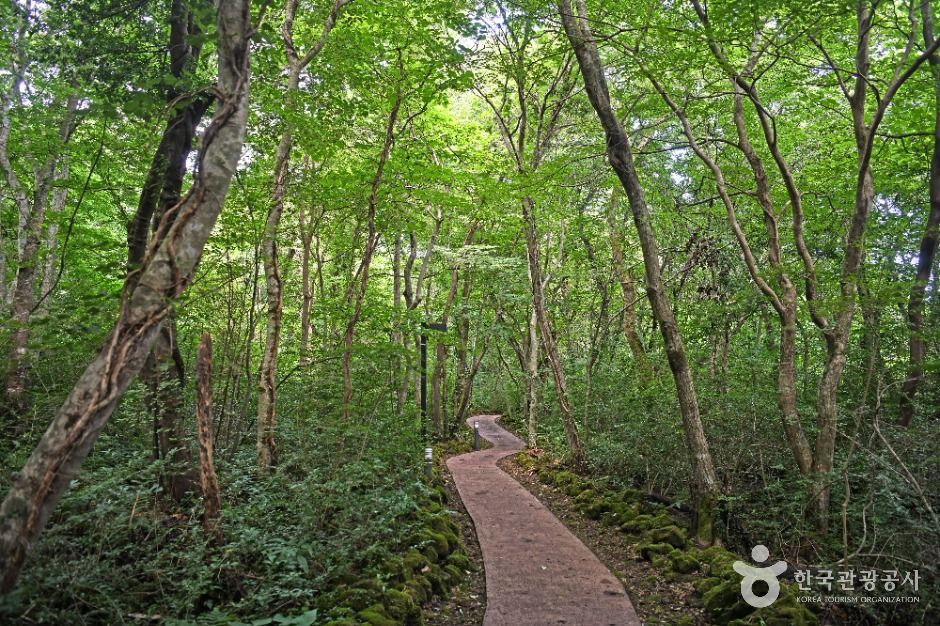
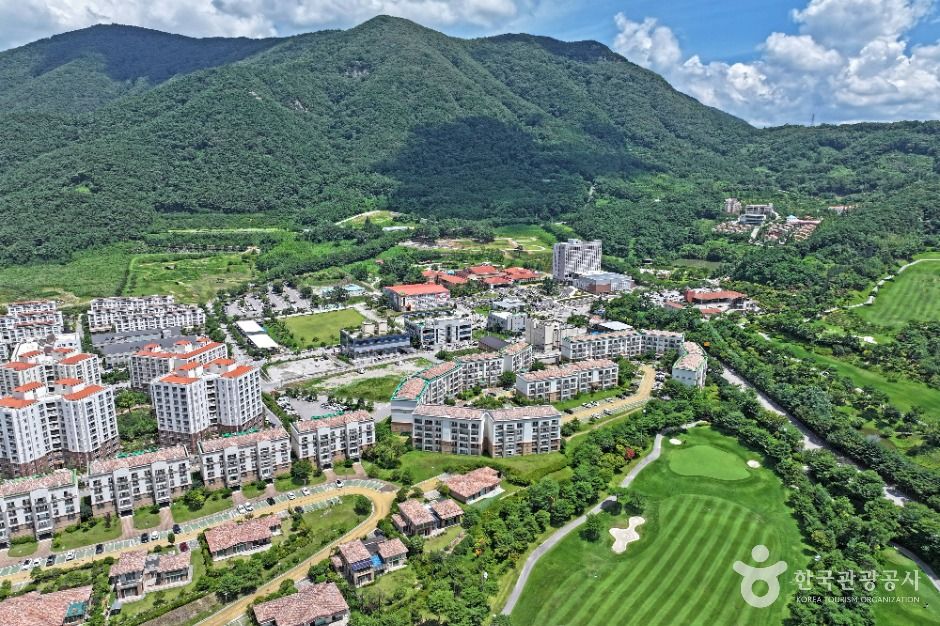
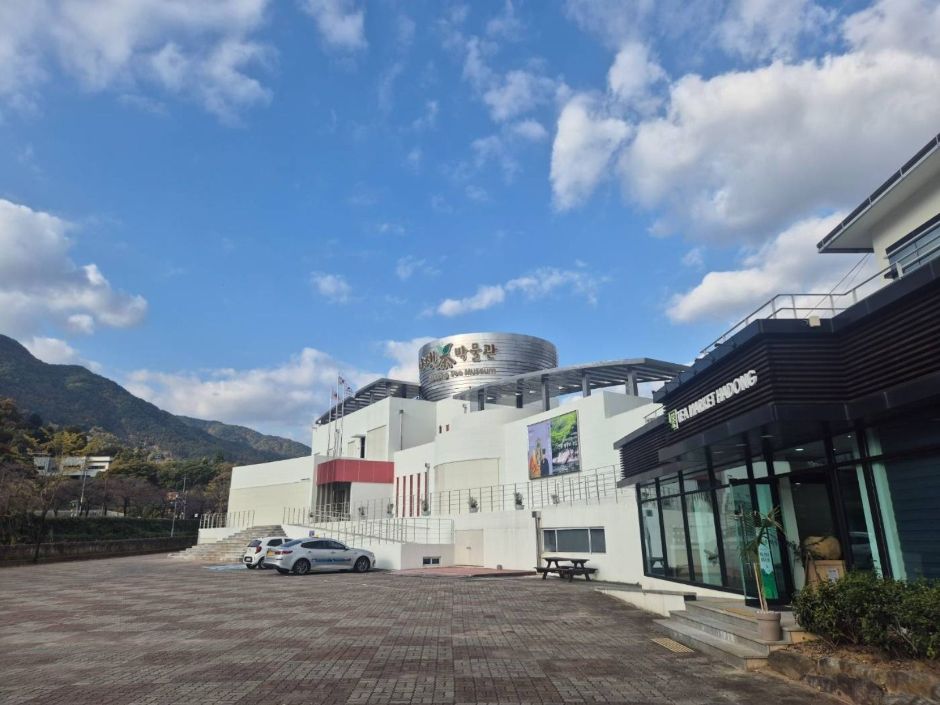
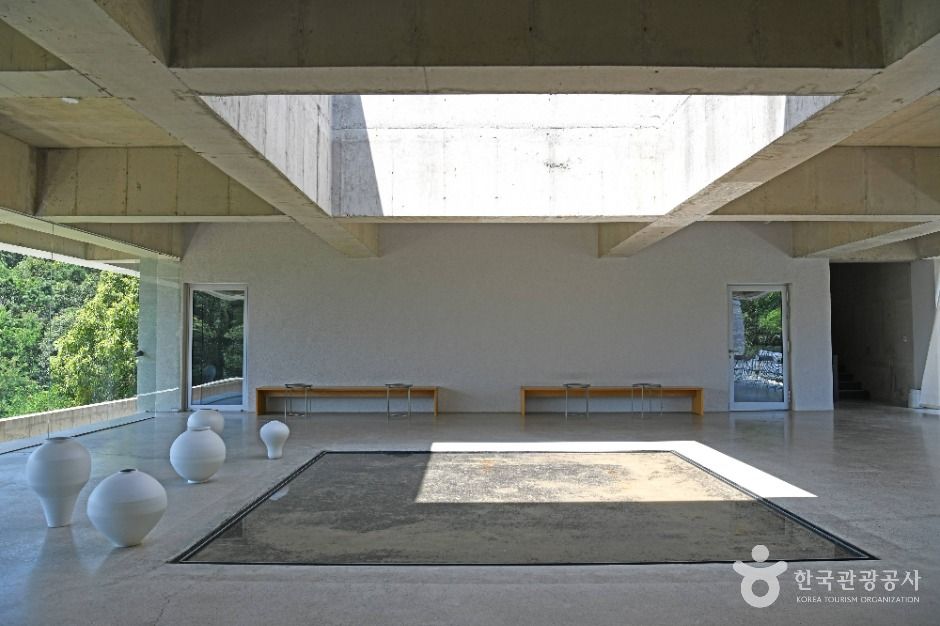

 English
English
 한국어
한국어 日本語
日本語 中文(简体)
中文(简体) Deutsch
Deutsch Français
Français Español
Español Русский
Русский